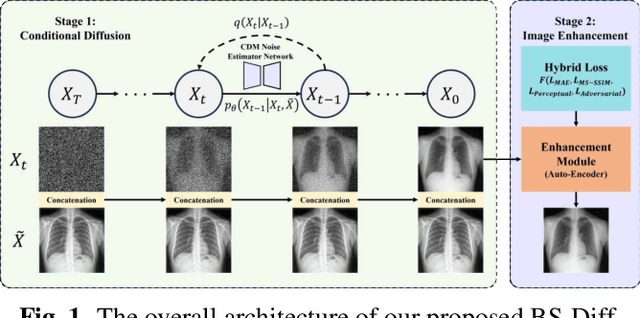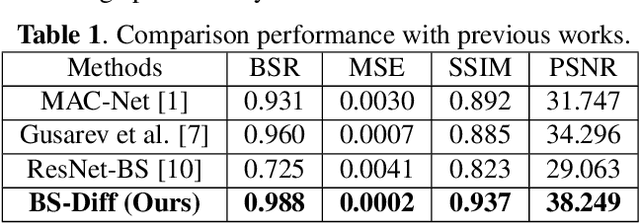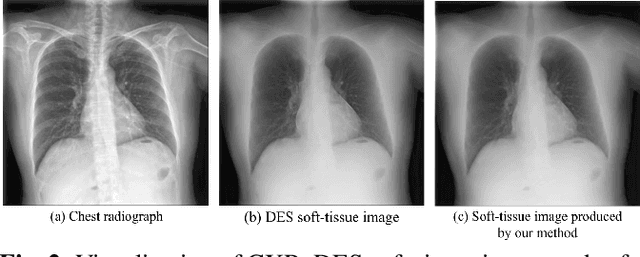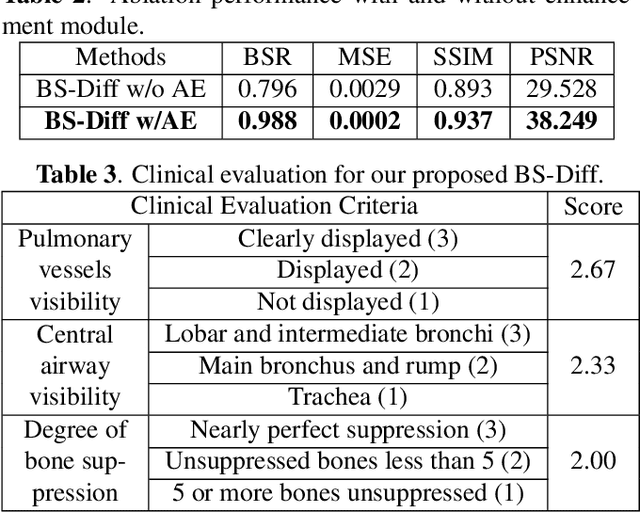Wenming Deng
From G-Factor to A-Factor: Establishing a Psychometric Framework for AI Literacy
Mar 16, 2025Abstract:This research addresses the growing need to measure and understand AI literacy in the context of generative AI technologies. Through three sequential studies involving a total of 517 participants, we establish AI literacy as a coherent, measurable construct with significant implications for education, workforce development, and social equity. Study 1 (N=85) revealed a dominant latent factor - termed the "A-factor" - that accounts for 44.16% of variance across diverse AI interaction tasks. Study 2 (N=286) refined the measurement tool by examining four key dimensions of AI literacy: communication effectiveness, creative idea generation, content evaluation, and step-by-step collaboration, resulting in an 18-item assessment battery. Study 3 (N=146) validated this instrument in a controlled laboratory setting, demonstrating its predictive validity for real-world task performance. Results indicate that AI literacy significantly predicts performance on complex, language-based creative tasks but shows domain specificity in its predictive power. Additionally, regression analyses identified several significant predictors of AI literacy, including cognitive abilities (IQ), educational background, prior AI experience, and training history. The multidimensional nature of AI literacy and its distinct factor structure provide evidence that effective human-AI collaboration requires a combination of general and specialized abilities. These findings contribute to theoretical frameworks of human-AI collaboration while offering practical guidance for developing targeted educational interventions to promote equitable access to the benefits of generative AI technologies.
BS-Diff: Effective Bone Suppression Using Conditional Diffusion Models from Chest X-Ray Images
Nov 26, 2023



Abstract:Chest X-rays (CXRs) are commonly utilized as a low-dose modality for lung screening. Nonetheless, the efficacy of CXRs is somewhat impeded, given that approximately 75% of the lung area overlaps with bone, which in turn hampers the detection and diagnosis of diseases. As a remedial measure, bone suppression techniques have been introduced. The current dual-energy subtraction imaging technique in the clinic requires costly equipment and subjects being exposed to high radiation. To circumvent these issues, deep learning-based image generation algorithms have been proposed. However, existing methods fall short in terms of producing high-quality images and capturing texture details, particularly with pulmonary vessels. To address these issues, this paper proposes a new bone suppression framework, termed BS-Diff, that comprises a conditional diffusion model equipped with a U-Net architecture and a simple enhancement module to incorporate an autoencoder. Our proposed network cannot only generate soft tissue images with a high bone suppression rate but also possesses the capability to capture fine image details. Additionally, we compiled the largest dataset since 2010, including data from 120 patients with high-definition, high-resolution paired CXRs and soft tissue images collected by our affiliated hospital. Extensive experiments, comparative analyses, ablation studies, and clinical evaluations indicate that the proposed BS-Diff outperforms several bone-suppression models across multiple metrics.
 Add to Chrome
Add to Chrome Add to Firefox
Add to Firefox Add to Edge
Add to Edge